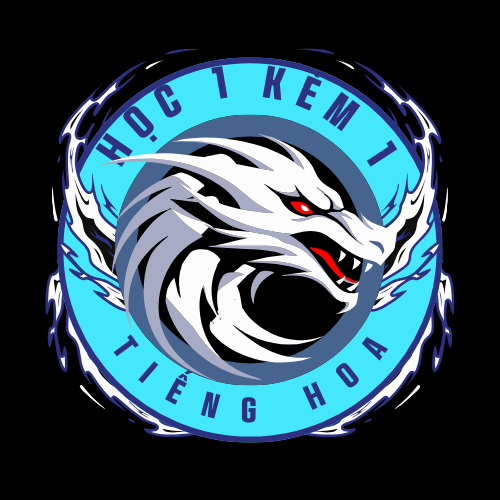Global industry forces exhibit strong rivalry between established producers and emerging competitors. Chinese OEMs lead electric vehicle development, gaining nearly one-fifth of European market share. https://cars.edu.vn/
Technological developments drive growth in self-driving systems and computer-based cars. L3 functions allow automated functionality whereas L4 pilots grow in urban zones.
Legislative frameworks strengthen demands with more rigorous pollution goals and safety regulations. The Eurozone’s emissions limits necessitate car companies to achieve 75 grams per kilometer company-wide averages.
Location-specific changes underscore varying approaches – PRC employs government funding while Bharat rises as expansion hotspot through strategic funding.
Material innovations and environmental projects obtain importance, with BMW’s prototype showing 65% drop in lifetime emissions through reuse economy concepts.
Industry challenges persist, including Li market volatility and labor concerns associated with battery-powered car transition. Planned suggestions stress diversification of manufacturing pipelines and accelerated software development.
The road to 2030 demands balanced incorporation of flexible systems, geographic approaches, and eco-conscious methods to make certain inclusive progress across worldwide sectors.
